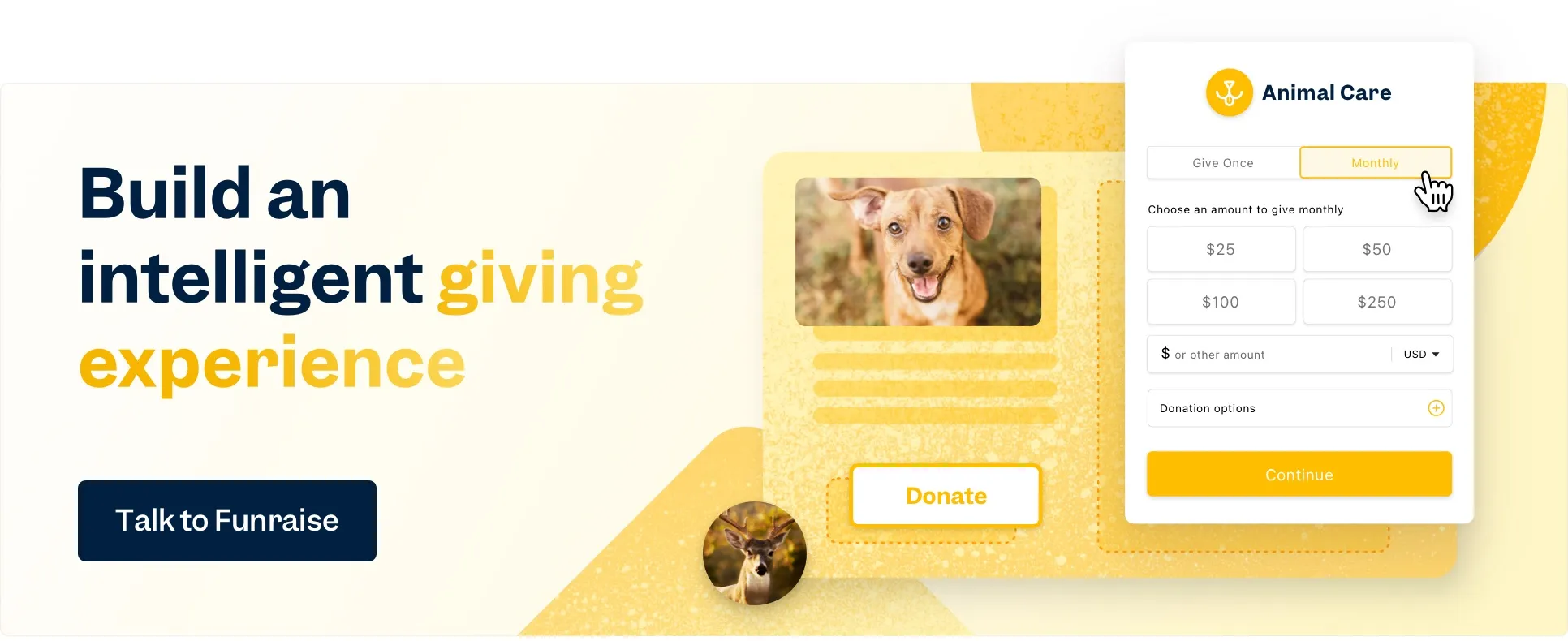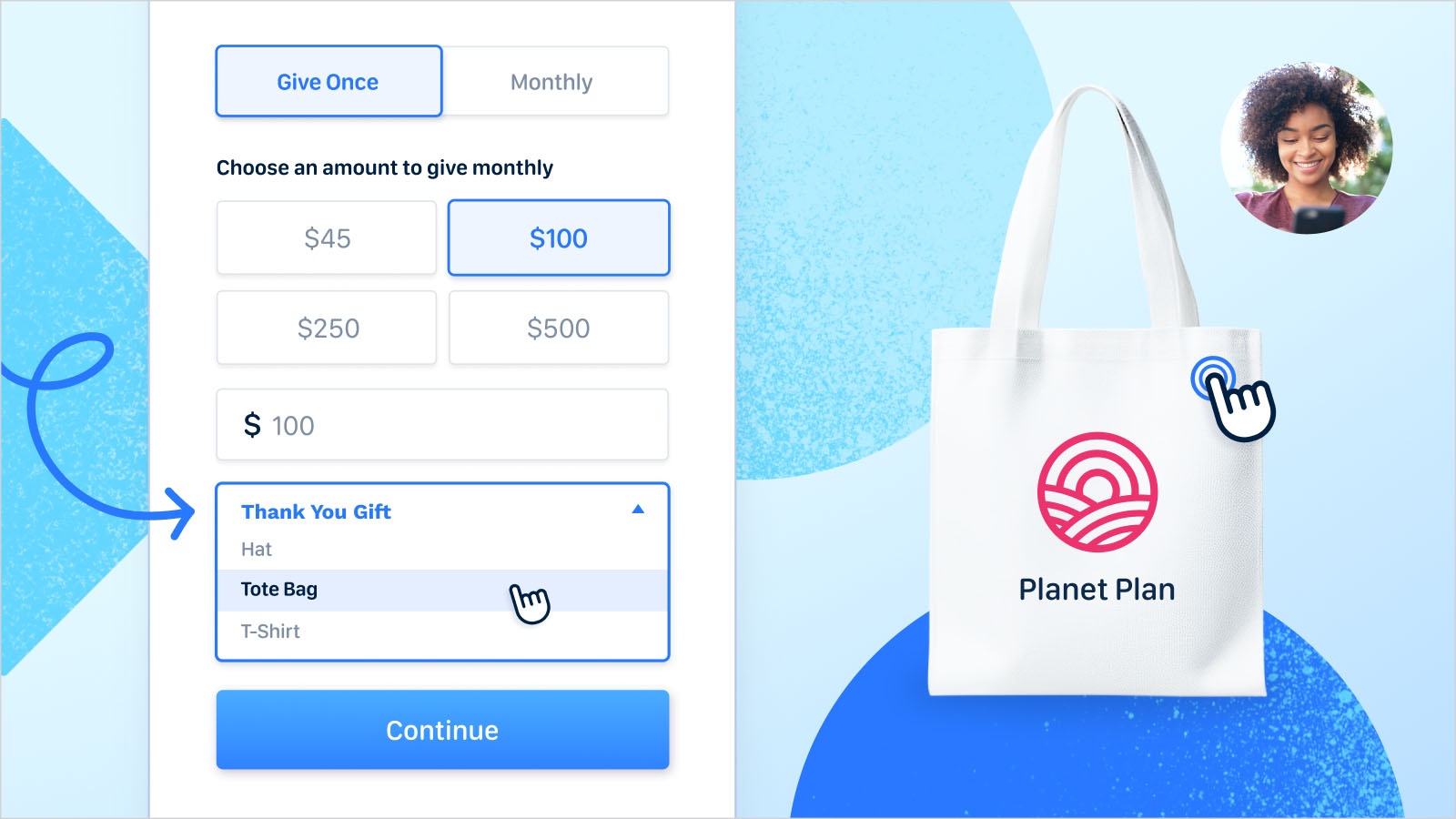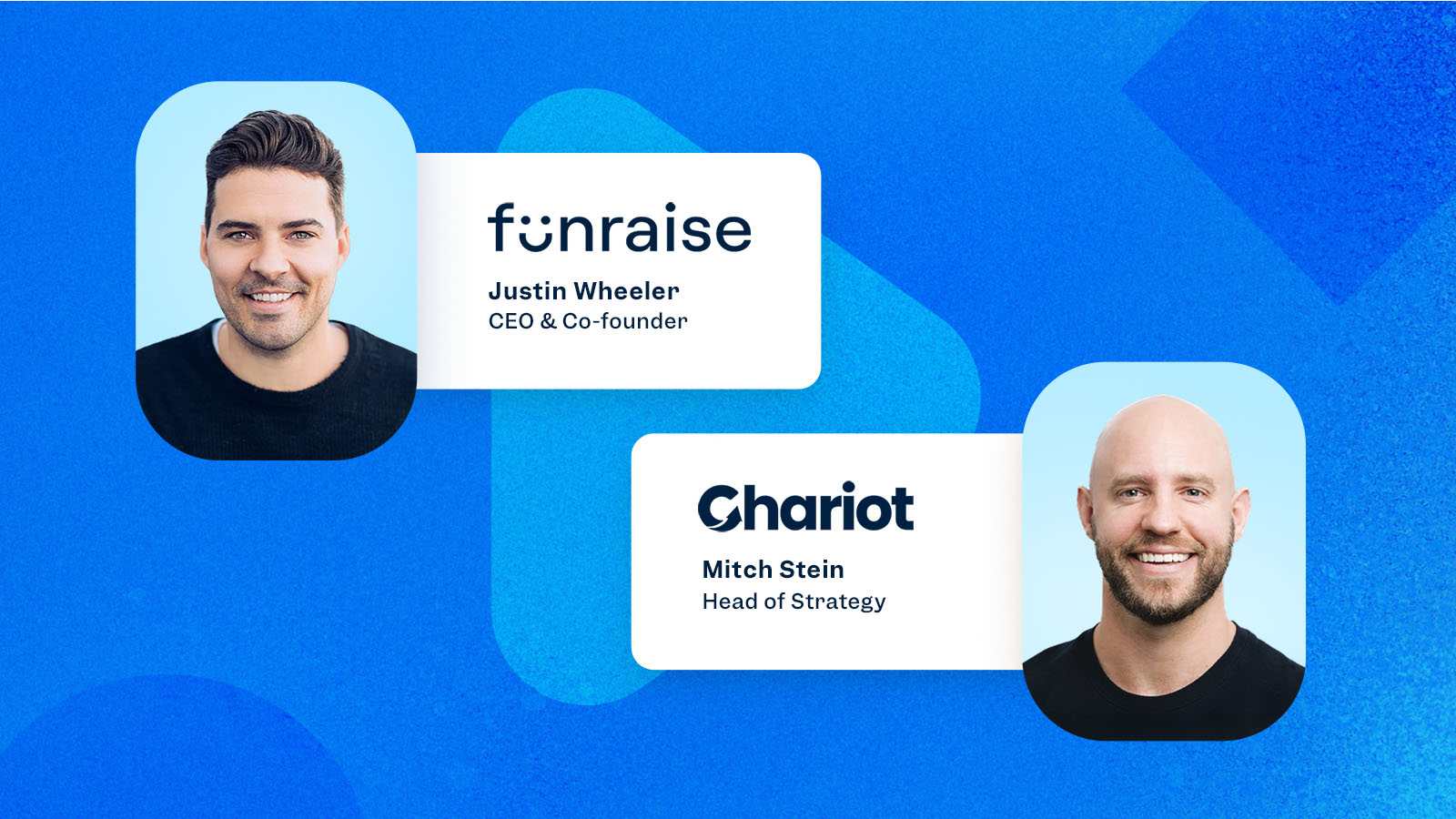FAQ: Nonprofit AEO Essentials
What’s the difference between SEO and AEO?
SEO primarily targets traditional search engines such as Google to improve online visibility. It utilizes techniques like optimizing for specific keywords and gaining backlinks from other sites to boost search engine rankings. On the other hand, AEO is centered on enhancing content specifically for AI-powered tools that provide direct answers and solutions to users' queries. Instead of just keywords and links, AEO emphasizes providing clear, contextual, and trustworthy information that machines can easily interpret and relay accurately.
How can small nonprofits compete with large organizations?
AI prioritizes content that is relevant and demonstrates authority, regardless of the organization's size. A small nonprofit that actively publishes firsthand accounts and regularly updates its content can outperform a larger organization that remains silent and fails to engage with its audience consistently.
Do I need to hire someone to do AEO?
Not necessarily. Begin by focusing on clarity, consistency, and making your content accessible to readers and technology alike. As you build a foundation with these elements, consider seeking the assistance of a developer to implement structured content with data or schema markup. This technical enhancement can further improve your visibility and effectiveness in AI-driven searches.
How do I measure success with AEO?
Keep a close eye on your referral traffic, paying particular attention to changes and trends. Actively conduct experiments with AI-related queries to understand how they impact your visibility. As you refine and optimize your content, you should notice a rise in the amount of traffic originating from AI-powered browsers and virtual assistants, indicating that your efforts in optimizing for artificial intelligence are paying off.
What’s the first step I should take today?
Choose a compelling story from your work and enhance it with detailed information, backed by solid data, and narrated in an engaging, conversational tone. Publish this content with a powerful headline and a well-organized structure that guides the reader seamlessly through the narrative. By doing so, you’ve successfully embarked on your journey towards achieving effective AEO.
What type of content performs best for AI?
Stories, data insights, and educational content are highly effective. Include impact stories to show your nonprofit's influence. Add personal testimonials from people you have helped. Use FAQs to answer common questions. Write blog posts that explain your work. Share detailed annual reports that show your achievements and future goals.
Do I need to change my tech stack or CMS?
Absolutely not. Initially, concentrate on creating content that is clear, accurate, and consistent. These foundational elements are crucial. Once you have mastered the basics and are ready to advance, you can utilize additional tools such as schema markup or structured data to further enhance your online visibility and search results. However, it is important to remember that exceptional content should always be your primary focus.
What are the different types of AI?
Artificial Intelligence (AI) is available in various types, including generative AI, predictive AI, and automation AI. Generative AI involves tools that are designed specifically to develop and generate content, such as writing or media. Predictive AI focuses on analyzing data to identify patterns and project future trends, which can be incredibly beneficial for strategic planning. Lastly, automation AI is all about optimizing repetitive and mundane tasks, thereby saving time and allowing human resources to focus on more essential duties.
There are more types of AI, like machine learning, but those aren't the type of AI models we're discussing in this article.
What are the best AI tools for nonprofits?
Top AI tools for nonprofits that are particularly beneficial for nonprofits include Appeal AI, ChatGPT, and Google Gemini, all of which excel in crafting written content. For design needs, Canva AI Magic Studio stands out, while Grammarly provides invaluable assistance with editing tasks. Salesforce AI offers deep insights into donor behavior. These tools collectively empower nonprofits to enhance their communication strategies. They merge automation with real, mission-focused messages. This improves storytelling and helps raise more funds.
Is AI going to replace human nonprofit professionals?
AI is not set to replace nonprofit professionals; rather, it serves to amplify their impact in significant ways. AI technology is good at automating routine tasks like data entry or writing first drafts. But it cannot replace human qualities like empathy, building donor relationships, or storytelling. Nonprofits do well when their teams use AI to make processes easier. This lets them spend more time building trust, community building, and engaging donors deeply.
What does it mean for my nonprofit to use AI responsibly?
Using AI responsibly means protecting data privacy, making sure information is correct, and being clear about how AI is used. Nonprofits must ensure sensitive data isn't shared with AI tools, verify the accuracy of all AI-generated content, and maintain human oversight in their storytelling processes. Using AI ethically builds donor trust. It also strengthens your organization's credibility and mission. This is important to keep a trustworthy relationship with supporters and stakeholders.
What’s the timeline for results from my AEO content?
AEO results grow gradually. In 3–6 months, optimized nonprofit website content can begin appearing in AI-generated answers. If you tell stories regularly, update data, and improve technology, your visibility, credibility, and website traffic will grow steadily. This happens through AI-driven tools. It is similar to SEO but has a broader, long-term reach.
What’s the connection between AEO and fundraising?
AEO enhances fundraising efforts by boosting your nonprofit's visibility and establishing authority within generative AI search outcomes. As AI tools highlight your compelling impact stories and relevant data, potential donors find and place trust in your organization with greater ease. This leads to increased awareness, fortified credibility, and deeper donor engagement. The key to this success lies in crafting genuine, AI-optimized storytelling that resonates with audiences.





























.webp)
.webp)











.webp)
.webp)

.webp)
.webp)
.webp)




